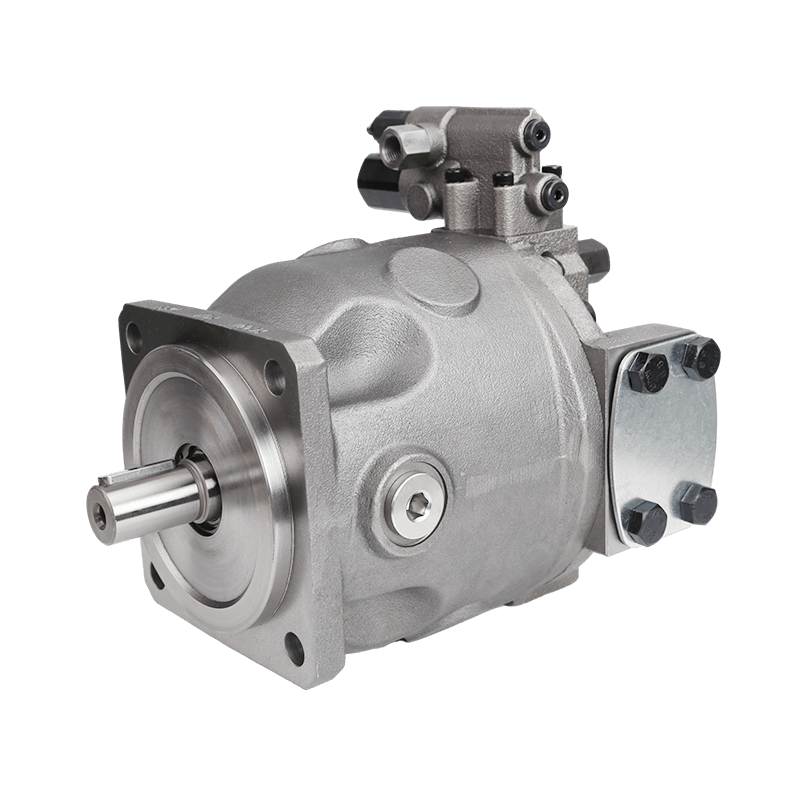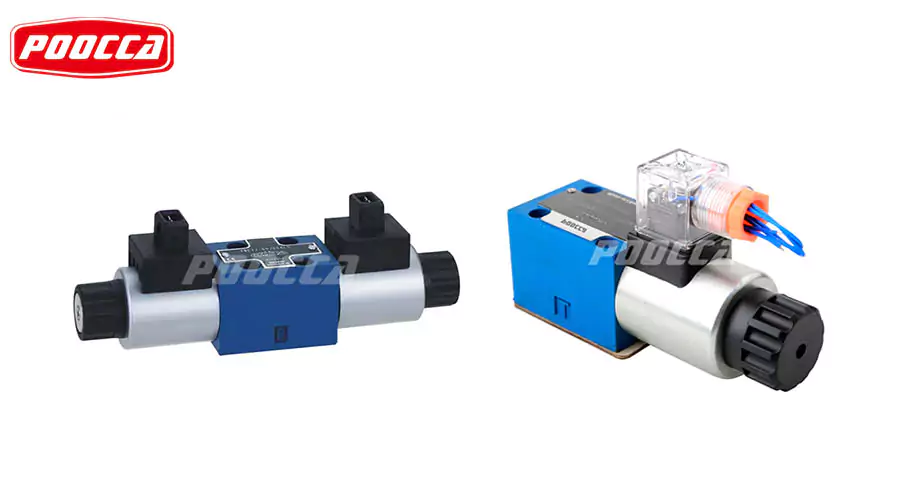Understanding Pressure Valves in Hydraulic Systems
The Role of Pressure Valves
Pressure valves play a critical role in hydraulic systems by regulating the flow of hydraulic fluid, ensuring the system operates within designated pressure limits. These valves act as safety devices that protect against overpressure, which can lead to component failure or system breakdown. By venting excess fluid or adjusting flow paths, pressure valves maintain operational safety and efficiency.
Types of Control Valves in Hydraulic Systems
Control valves used in hydraulic systems to control fluid flow and pressure are also of different types. Some of the common types are relief valves that protect the system by releasing excess pressure, and directional control valves that direct fluid flow to specific areas of the system. Flow control valves are another important type, as they control the speed of the actuators. There are different designs and functions of all types of valves, used in many applications you will encounter in work. Choosing the right pressure valve very much depends on what is needed for the system.
Operating Principles of Hydraulic Pressure Valves
Mechanisms Behind Pressure Regulation
The operation of hydraulic pressure valves is based on the principles of fluid dynamics and mechanical design. These valves utilize springs and mechanical linkages to determine the opening and closing of fluid paths based on pressure levels. As the pressure within the hydraulic system increases, it acts against a spring mechanism in the valve. Once a preset pressure is reached, the valve opens, allowing fluid to escape and preventing overpressure conditions. This regulation is vital for maintaining the longevity and integrity of hydraulic components.
Components of a Pressure Valve
Pressure Valve typically made up of the valve body, spring, actuator, and sealing elements. The internal mechanisms and fluid path are contained within the valve body, with a spring in the case to open or close it. The actuator moves the valve, as pressure changes trigger it to move. Sealing components make sure that the fit is snug so that there are no leaks of fluid. Combined, these elements enable the pressure valve to operate properly in a hydraulic system.
Practical Applications of Pressure Valves
Water Flow Regulation in Industrial Systems
Hydraulic systems in industries need to use pressure valves to regulate water flow. The latter allows operators to control pressure levels whilst directing fluid toward other machines and equipment in production environments. A well-planned pressure valve hydraulic installation can increase efficiency and minimize the risks of equipment failure. They are widely used in industries like manufacturing and construction to appropriately manage the pressure, leading to a safer, more productive process.
Pressure Control in Residential Plumbing
Most commonly associated with residential plumbing, pressure valves control water flow and help to prevent burst pipes and flooding. These valves are vital for maintaining drinking water pressure levels within a safe range and keeping the plumbing systems working efficiently. High incoming water pressure will lead to fluctuation but a home’s pressuring setting valve hydraulic construction should help. These systems can provide homeowners with steady water pressure while safeguarding their infrastructure from harm.
Maintenance and Troubleshooting of Pressure Valves
Regular Inspection Protocols
Regular inspections of pressure valves in hydraulic systems are crucial for preventing failures and ensuring optimal performance. A systematic inspection protocol should be established, focusing on key components such as the valve body, spring mechanisms, and sealing elements. Operators should monitor for visual signs of wear, corrosion, or leaking fluid, as these may indicate potential issues that require attention. Additionally, routine functional testing should be conducted to ensure that the pressure valve is responding correctly to pressure changes and maintaining the designated operational thresholds.
It is suggested to log the pressure readings during inspections so that trends can be established over time. The moment these values are higher or lower than what people expected, they have to be corrected. By letting the pressure valves function, they could serve for a much longer time. There is also less chance of downtime in hydraulic systems when regular inspections are to be conducted which only improves efficiency and reliability overall. These evaluations should occur based on the conditions under which the system was run — preferably at least every month or at most quarterly to be proactive.
Common Issues and Solutions
Pressure valves are highly engineered components, but they can still experience some of the same problems that hydraulic systems themselves do. A common set of problems can be sticking or seizing of the valve mechanism, this can occur due to a build-up of dirt, corrosion, or a failure in sealing elements. Fortunately, you can often resolve this problem by cleaning the valve and replacing damaged or defective parts. In addition, if a pressure valve is giving erratic results; that is fluctuating pressure readings, it can mean spring failures or improper settings. Maybe the spring tension needs adjusting or calibration.
The other frequent issue is pressure leakage, which means that hydraulic fluid escapes from the valve body through damaged seals. During this condition, the sealing elements should be analyzed and substituted whenever required to achieve the continuity of a functional system. In addition, if the pressure valve is unable to control flow as desired, it may indicate an improperly sized valve for the application. Comparing the size and parameters for compatibility with an opening in a hydraulic system is essential. These problems can shorten the effective life of the pressure valve in a hydraulic system and can be avoided with proper maintenance and careful periodic checking.
a trusted partner: POOCCA
Developing a relationship with a good pressure valve supplier can be very helpful in this regard, as these valves are often central to maintaining and optimizing hydraulic systems. POOCCA offers maximum-quality pressure valve hydraulic solutions complete with expert help and support. Their product range encompasses hydraulic valves as well as various other components, designed to allow them to be easily incorporated into existing systems. Operating containers using their advanced technologies can help a lot to operate smoothly, and efficiently and also extend the life of hydraulic infrastructures.
In addition, POOCCA is taking the time to educate their customers in understanding how to select, install, and maintain pressure valves properly. Assistance troubleshoots too—all to assure operators respond quickly and effectively when challenges arise. The team is fully trained and you can benefit from these innovations in hydraulic valves through POOCCA to give you a heads-up over your competitors in the market. Number of the reliable partnerships in hydraulic systems cannot be overlooked, which will contribute significantly to increasing operational safety, reliability, and efficiency.
Conclusion
Pressure valves are used to control the flow of water in hydraulic systems or you can say it is a very fine practice or an advanced technique of hydraulic engineering. Proper maintenance protocols and troubleshooting methods can allow organizations to ensure their systems are functioning as they should, generating great operational value. Users can refer to trusted partners like POOCCA, to gain the knowledge and expertise that you need to manage the pressure valves appropriately. This relationship not solely highlights the connection between maintaining high output performance in a hydraulic program, but in addition, they want to extrude hydraulic fluids as soon as the contamination is identified; demonstrating simply how essential and critical reliable hydraulic systems are to some applications associated with an increment of longevity and safety within industrial operations.











